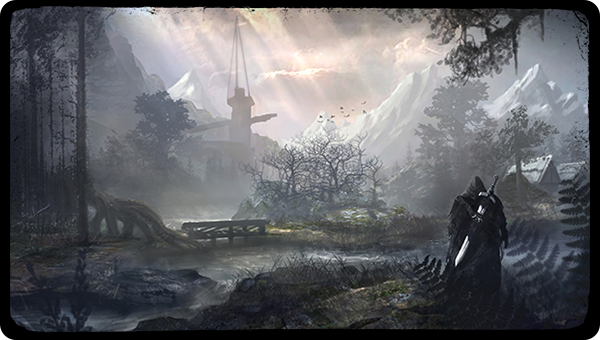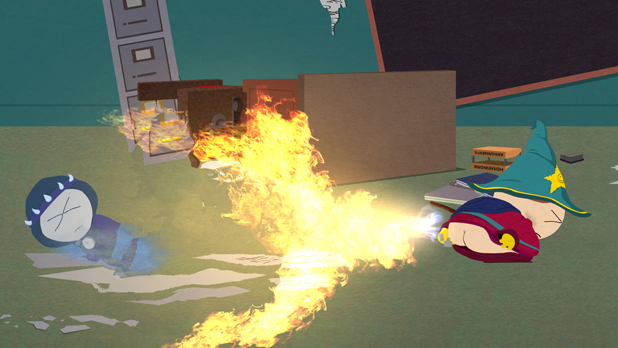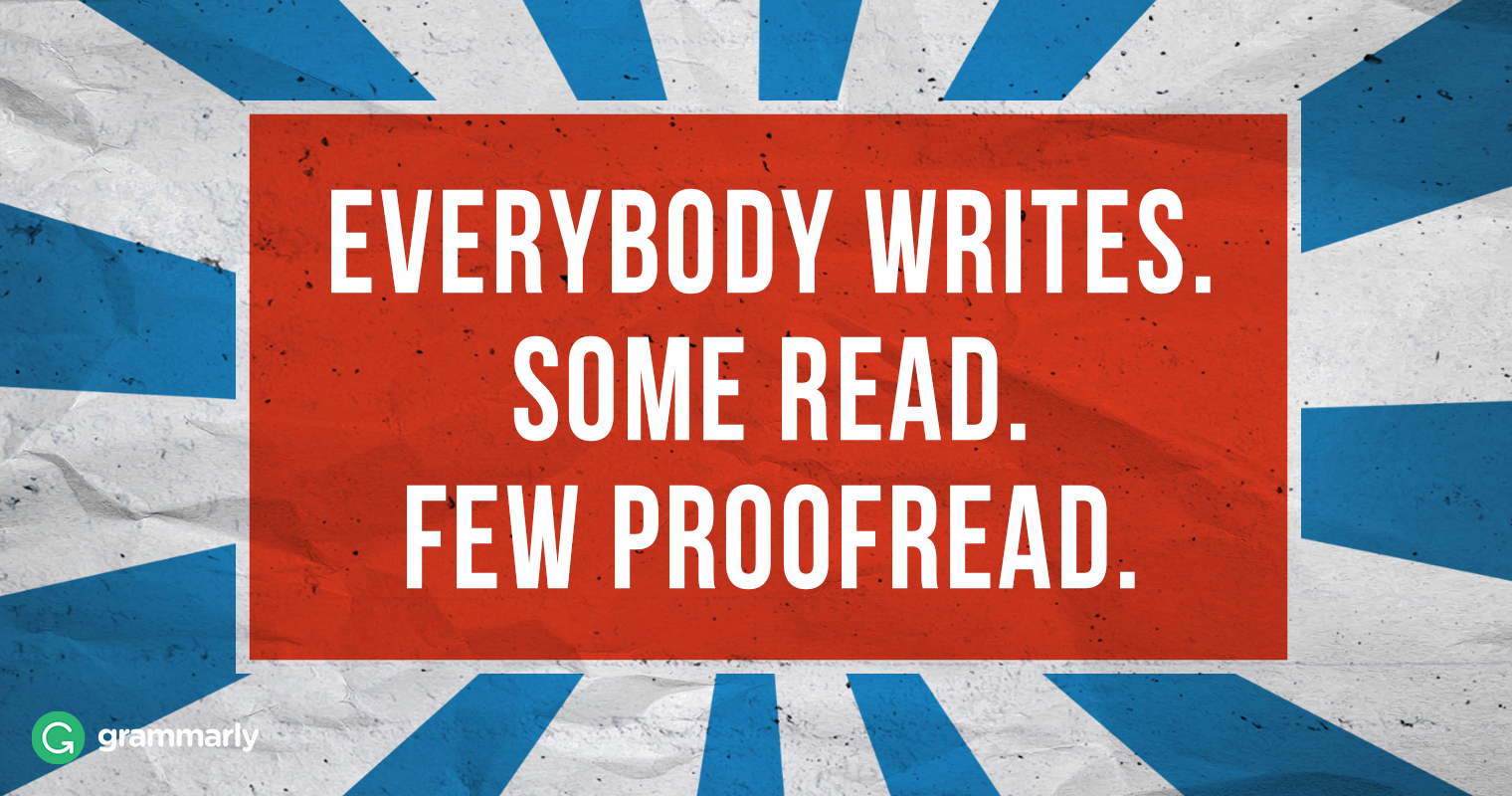Writing an engaging story for a video game is not as easy as it might seem. You may have a killer idea in your mind, but seeing it through to the end is a tough job. There are several tips that individuals should know as they aspire to write video game stories.
Tip One: A video game story is like any other story

Like any writing, video game writing requires creativity, skill, and the ability to connect with the audience. As such, a video game writer should be eloquent and should communicate the motive of the story. The story should guide the player such that they meet all the objectives of the quest. The story should thus contain the traits of quality stories to engage the players and attract more individuals to play the video game.
Tip Two: Think about complexity
The complexity of a video game story should vary depending on the audience. A writer should bear in mind the target audience when writing a story.
A video game story for young audiences should have features that attract them. For instance, young boys enjoy action, so a story targeted to them should be adventurous. Teenage boys enjoy games that give them an adrenaline rush when playing and upon completing the quest. You should thus think about the audience when writing the story.
Tip Three: Outline the storyline
The first step when writing a video game story is writing the script. The script should outline the storyline of the video game. A good script will guide you as you develop the video game since it will help you achieve the video game’s objective. Take time while outlining the story, as it is the foundation of the video game story. Outlining the storyline means that a writer should note the major events related to each character. This means that the script should contain all the characters in the video game despite their roles and decisions during the game.
There should also be at least three different ending possibilities to prevent the game from being obvious and boring to the players. Players should have the ability to play the game and arrive at a different ending depending on the decisions they make when playing the game. However, you can choose to write a simple story with only one end, but it will be limiting to you as a writer.
Tip Four: Decide on the game type
You will know the game type once you write the script. The flow will help you determine whether the video game is better as a puzzle, action-adventure, first-person shooter, or role-playing game.
Deciding the game type at this stage will also prevent confusion as you develop the story. Knowing the type will help you focus and assist in writing a quality story.
Tip Five: Develop the world

It is crucial to develop a video game world before creating the main characters. Focusing on the main characters before developing the world will limit the story. Such stories will have limited possibilities since they focused on the main characters as opposed to all the characters and the video game world. However, you can choose to focus on the main characters first if you have a strong vision for them. Consider the world, culture, and lore in addition to how much the characters can explore the video game world. Emphasis on the world before character creation will increase the possibilities of the game when the players indulge in it.
Tip Six: Character creation

You can now create the main characters, villains, and companions. Character creation is similar to creating the characters of other stories. The difference is the possibilities of video game characters that change how they behave. The beauty of video game characters is their abilities as they move about the world. Ensure that the characters maximize their capabilities to make the video game engrossing and captivating.
Tip Seven: Create a flowchart of the main story
You should now create a flowchart for the story. A flowchart will give you a vision of the story flow and show the possibilities of deviations occurring in the story and the changes that may develop during the game. A flowchart will also help you determine the best time to introduce side quests. Additionally, the flowchart will help you tune the story to fit your initial thoughts during times when world development and character creation deviated from the objectives of the game.
Tip Eight: Write the major story!

You have polished your writing skills, determined the complexity of the video game, identified the type, developed the world, and created the characters at this point. All that is left is writing the major story. How do you write the story? Simply focus on one version of the story first, then deviate once you have the core version. You can write a summary first and then delve into the details, or jump into writing the scenes of the story. This is your story, so choose the best way to write it for you. Maybe write the cut-scenes first if they help you write the story. If the side quests inspire your main story, then you can start with those. Either way, follow the path that will guide you towards writing the best video game story.
Tip Nine: Add fun details

Here, the fun stuff means adding side quests that make the player feel fulfilled upon completing them. It also involves writing alternative versions that result in achieving different endings.
The small details also involve adding nonplayable characters for the players to interact with. The nonplayable characters can provide players with hints, express their opinions, and reveal new information about the world. What’s more, you can incorporate items such as armor, weapons, treasure, and jewels, depending on the game type.
Tip Ten: Proofread your video game story
[Image Courtesy of grammarly.com]
Writing requires adequate proofreading to ensure that you met the objectives and added all the details. Proofread your video game story to make certain that it suits your needs and those of the players.
—
These ten tips will help you in writing your own video game story. Make sure to use them as you write your own masterpiece. Good luck!










Published: Dec 27, 2017 11:40 am